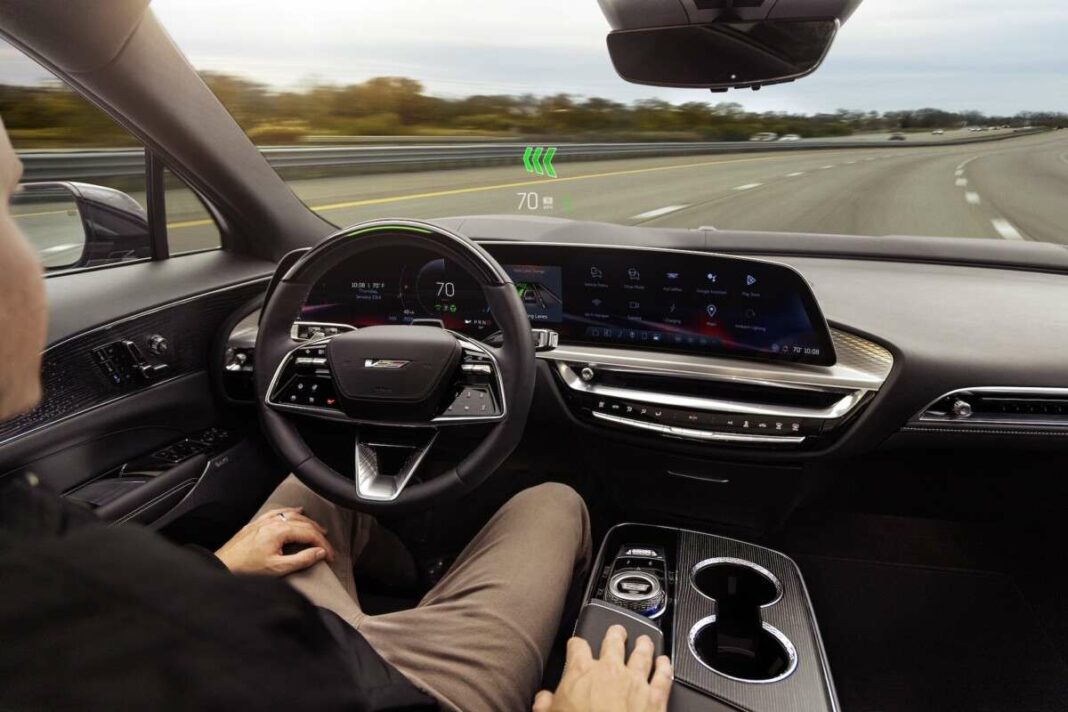The shift towards Function on Demand (FoD) in the automotive industry allows drivers to subscribe to features through their vehicle’s display, enhancing user experience and creating new revenue opportunities for manufacturers. General Motors’ Super Cruise autonomous driving technology exemplifies this model, with expectations of significant subscription uptake post-trial periods. As competitors explore similar services, the industry faces challenges in balancing enticing customers with subscription offerings while avoiding backlash for perceived excesses.
The Shift Towards Function on Demand (FoD)
In the past, car buyers would select additional features by simply ticking boxes during the ordering process. However, the rapid advancement in vehicle connectivity is challenging this traditional method. Enter the new phenomenon of “Function on Demand” (FoD), which allows drivers to subscribe to features directly through their vehicle’s main display. This innovative approach not only enhances user experience but also presents a lucrative revenue stream for manufacturers, as highlighted by Mary Barra, CEO of General Motors, during a recent analysts’ call.
Potential for Significant Revenue Growth
The focal point of this subscription model is GM’s autonomous driving technology known as Super Cruise. This level 2 autonomous driving system enables vehicles from brands like Cadillac, Chevrolet, and GMC to manage speed, direction, and overtaking seamlessly, without requiring driver intervention. Currently available in the U.S. and Canada, Super Cruise can be purchased as an add-on or accessed through a subscription after a complimentary three-year trial period.
Mary Barra revealed that in 2024, it is anticipated that 20% of the 18,000 customers whose Super Cruise trials have lapsed will choose to subscribe, either monthly at $25 or annually at $250. Projections indicate that revenue from this service could soar, with 33,000 vehicles reaching the end of their trial period in 2025, potentially driving GM’s earnings to an impressive $2 billion annually within five years.
Brian Rhodes, director of connected car and vehicle experience at S&P Global Mobility, regards a 20% subscription rate as a promising statistic. The success of Super Cruise stems from its quality, according to David Whiston, an analyst at Morningstar Research Services, who attributes the rise in subscribers to improved technology, increased availability, and consumer readiness to invest in such services. He cautions, however, that as autonomous driving technology becomes commonplace, customers might expect these features to be included as standard equipment.
Notably, General Motors is not alone in exploring subscription services; competitors like Tesla, Volkswagen, BMW, and Mercedes-Benz are also delving into various subscription options for features ranging from autonomous driving to performance enhancements and even aesthetic upgrades like ambient lighting.
To further entice customers, manufacturers aim to create a steady and predictable revenue stream while offering the allure of a personalized vehicle. For instance, customers might be able to “rent” autonomous driving features for a few months each year, perhaps for vacations. However, while the Super Cruise model appears to be a success, other subscription initiatives have faltered. BMW, for example, faced backlash when it attempted to charge customers for heated seats—an already installed feature that many found unreasonable to pay for.
